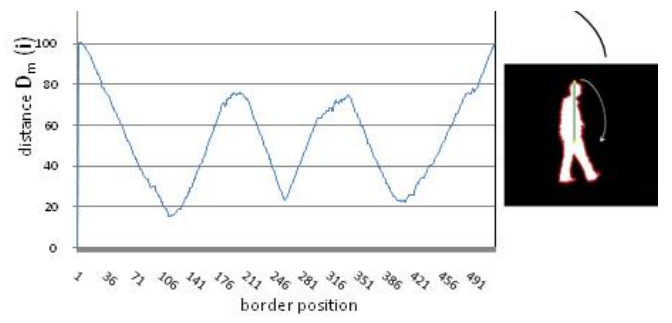Breadcrumb
Convolutional Neural Network with Attention Modules for Pneumonia Detection
In 2017, pneumonia was the primary diagnosis for 1.3 million visits to the Emergency Department (ED) in the United States. The mortality rate was estimated to be 5%-10% of hospitalized patients, whereas it rises to 30% for severe cases admitted to the Intensive Care Unit (ICU). Among all cases admitted to ED, 30% were misdiagnosed, and they did not suffer from pneumonia, which raises a flag for the need for more accurate diagnosis methods. Several methods for pneumonia detection were recently developed using AI in general and more specifically, using deep neural networks. Even though it worth
Cardiac MRI view classification using autoencoder
The growing interest of using cardiac Magnetic Resonance Imaging (MRI) to assess the heart function and structure results in creating huge cardiac image databases. Due to the lack of standard meta-data description of the images, content-based classification of the cardiac images is essential to manage such databases. In particular, cardiac view classification is becoming an important stage for medical image analysis; efficient content-based retrieval as well as CAD systems. The major challenge in such classification lies in the large variability in image appearance caused by variation of

Body and visual sensor fusion for motion analysis in Ubiquitous healthcare systems
Human motion analysis provides a valuable solution for monitoring the wellbeing of the elderly, quantifying post-operative patient recovery and monitoring the progression of neurodegenerative diseases such as Parkinson's. The development of accurate motion analysis models, however, requires the integration of multi-sensing modalities and the utilization of appropriate data analysis techniques. This paper describes a robust framework for improved patient motion analysis by integrating information captured by body and visual sensor networks. Real-time target extraction is applied and a
Classification of cardiac magnetic resonance image type and orientation
Cardiac magnetic resonance imaging provides a number of different imaging acquisition types and views of different body cross sections and orientations. A huge amount of images are produced which demand an automatic method for classification based on the visual contents to facilitate diagnosis and searching operations. In this work, we propose a fully automated classification method for classifying cardiac MRI images according to image acquisition type and orientation. Local binary pattern is used to represent the texture differences among the different image types. Edge orientation histogram
Detection of Mammalian Coding Sequences Using a Hybrid Approach of Chaos Game Representation and Machine Learning
Mammalian protein-coding sequence detection provides a wide range of applications in biodiversity research, evolutionary studies, and understanding of genomic features. Representation of genomic sequences in Chaos Game Representation (CGR) helps reveal hidden features in DNA sequences due to its ability to represent sequences in both numerical and graphical levels. Machine learning approaches can automatically detect hidden patterns in CGR images by detecting and classifying protein-coding and noncoding patterns accurately. Here, we propose a pipeline that automatically detects coding (exons)
Pagination
- Previous page ‹‹
- Page 7
